The uncontained genius of Luca Guadagnino
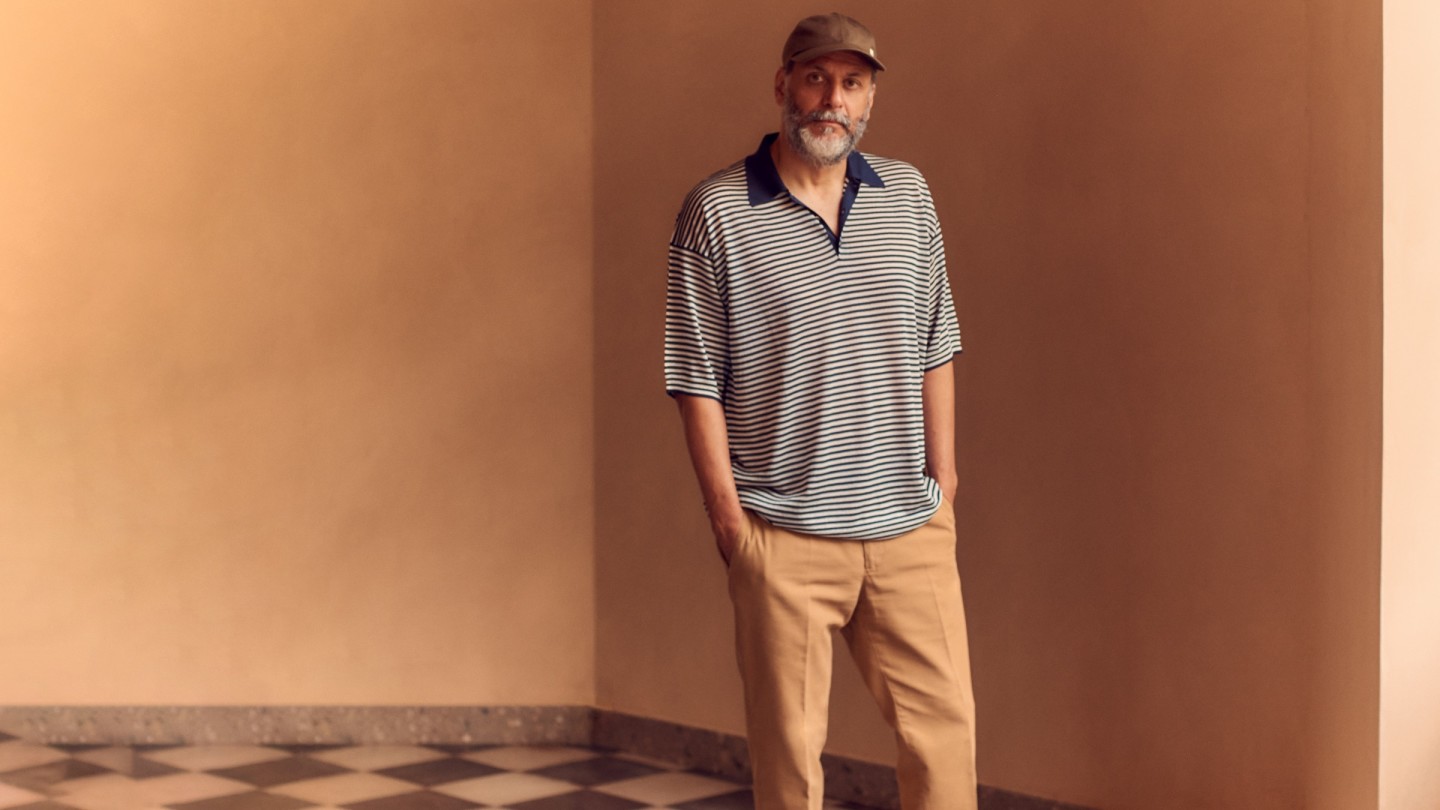
Roula Khalaf, Editor of the FT, selects her favourite stories in this weekly newsletter.
It is a scorching August afternoon when I meet the film director, screenwriter and producer Luca Guadagnino at the Grand Hotel et de Milan. The 1863 grande dame’s marble floors, antique furnishings and proliferation of palm plants recall the wistful grandeur of his film sets. Guadagnino, 51, has just arrived from Villa La Ceriana, his countryside home in Piedmont (he also owns a city apartment in Milan), a new villa where he created a corner in which to write. “I’ve long thought about sitting alone in my office at my desk with great light coming from the windows and writing a new screenplay. I want a place to think,” he says of the estate.
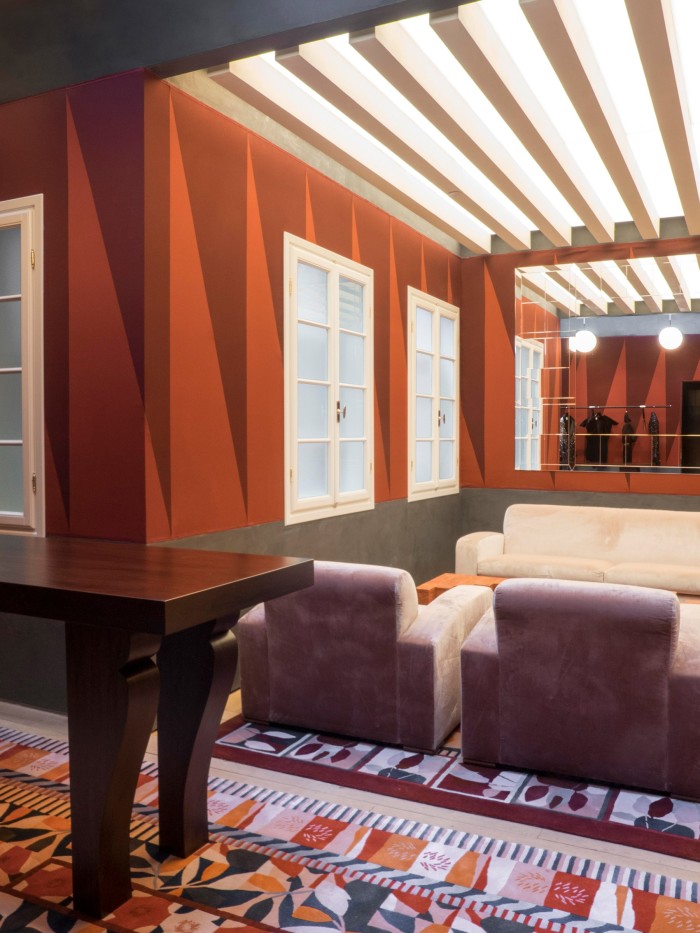
The villa is just one of the projects realised by Studio Luca Guadagnino, the interior-architecture practice founded by Guadagnino in 2017. The director, fresh from being awarded a Silver Lion for best direction at September’s Venice Film Festival for the Timotheé Chalamet horror romance Bones and All (showing in cinemas in November), and who is behind the critically acclaimed The Protagonists (1999), I Am Love (2009), Call Me By Your Name (2017) and Suspiria (2018), is also an interior designer – a role that fulfils a long-held ambition. “When I was young, I’d often change pieces around in my mum’s living room and put them back again in secret because I found that moving an object could change a space completely,” he says of his first forays into interior design. “I think it had something to do with my love for perspective. So when I started working in design, I had to pinch myself. It was like giving a young boy all the toys in the world to play with and telling him, ‘It’s your job.’”

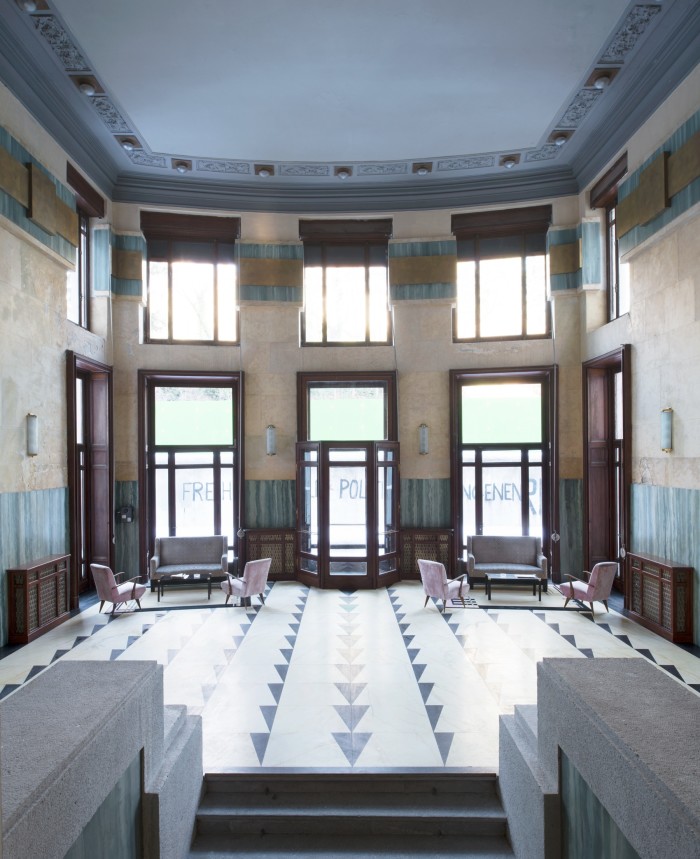
It was Guadagnino’s friend the Yoox Net-a-Porter founder Federico Marchetti who nudged him towards this second career when he asked the director to design the Lake Como mansion he shares with his partner, the journalist Kerry Olsen. “He could see something in me I could not. I would never have dared to propose myself for such a big job in a family home. And yet he had this gorgeous attitude and wanted me to do it,” he recalls of the space, in which he assembled 150 Italian craftsmen to realise his retro-hued vision, which is punctured by a spiral staircase and a subterranean bathing pavilion. Guadagnino completed the house in 2018 and the following year he designed Marchetti’s Milan apartment.

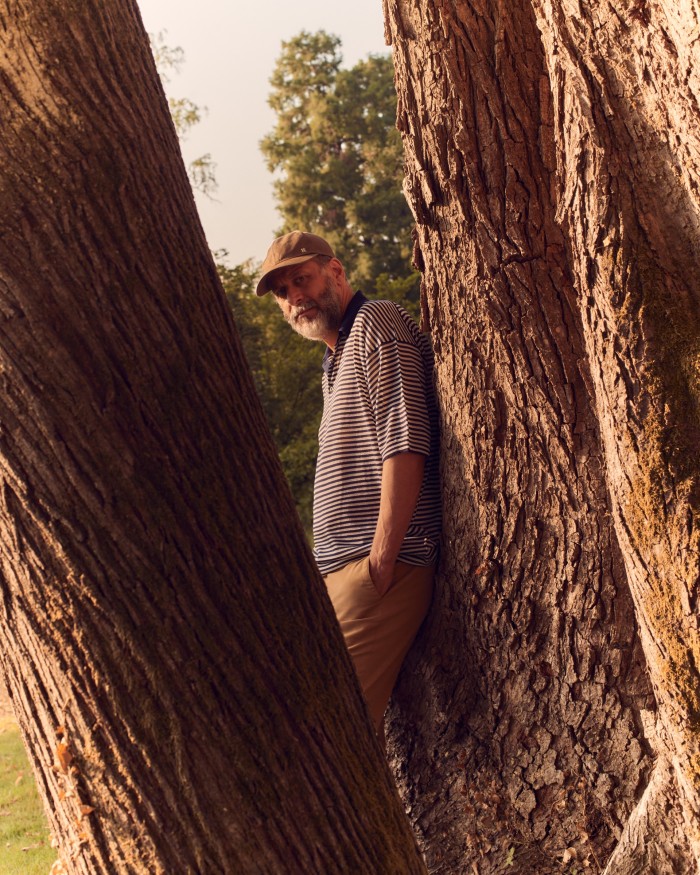
“In the beginning I worked alone but then called an architect friend and asked him whether he’d bet on this venture with me – and he said yes,” continues Guadagnino. “We did it together for a year, but as things took off we hired two more architects, one of whom, Stefano Baisi, stayed on and has impacted the business in a very deep way.” The company now includes a 12-strong team working on both residential and commercial projects, including the Rome and London stores of skincare brand Aesop, and New York’s scenographic Redemption store. “Working with him is like entering a world where the impossible becomes possible,” Baisi says of the team’s relationship with the director. “He has a vision that drives us to dare, often starting from an image or a detail. I have embraced this approach and do my best to make it possible.”
Guadagnino’s own approach is strongly coloured by his heritage. He was born in Palermo, Italy, in 1971, but grew up against the cinematic backdrop of Ethiopia. “We lived in Addis Ababa in a house with a big garden, lots of animals and the African sky,” he says. His mother came from Algeria and his Sicilian father taught history and Italian literature. As a boy, he was given a Kodak Super 8 camera and experimented with it intuitively. “I have a natural inclination towards cinema and what it means to make films,” he says leaning forward confessionally. He collapses back in his chair and smiles. “I was editing in my mind.”
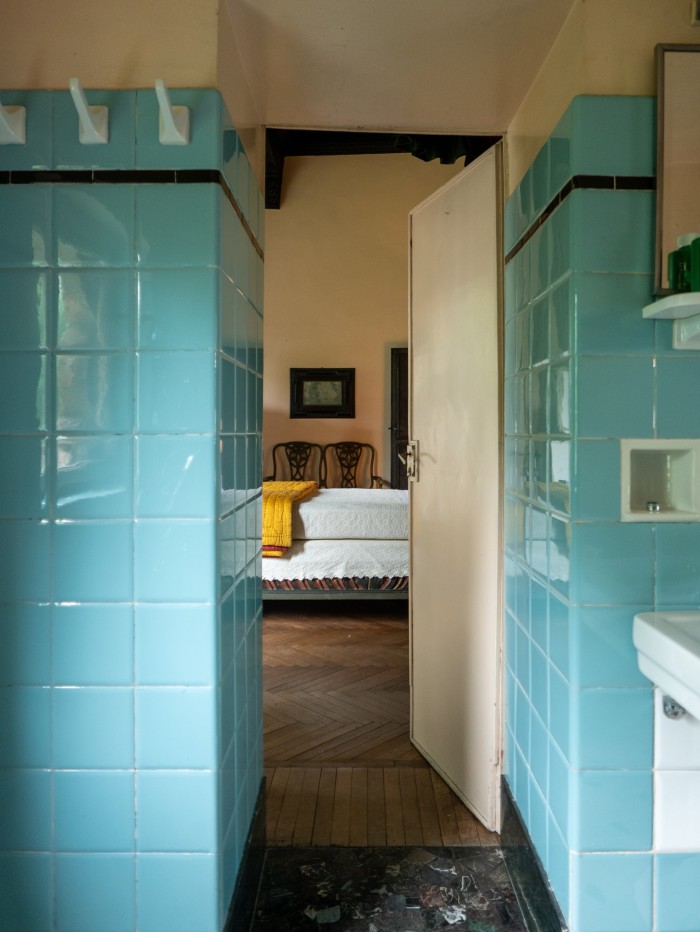
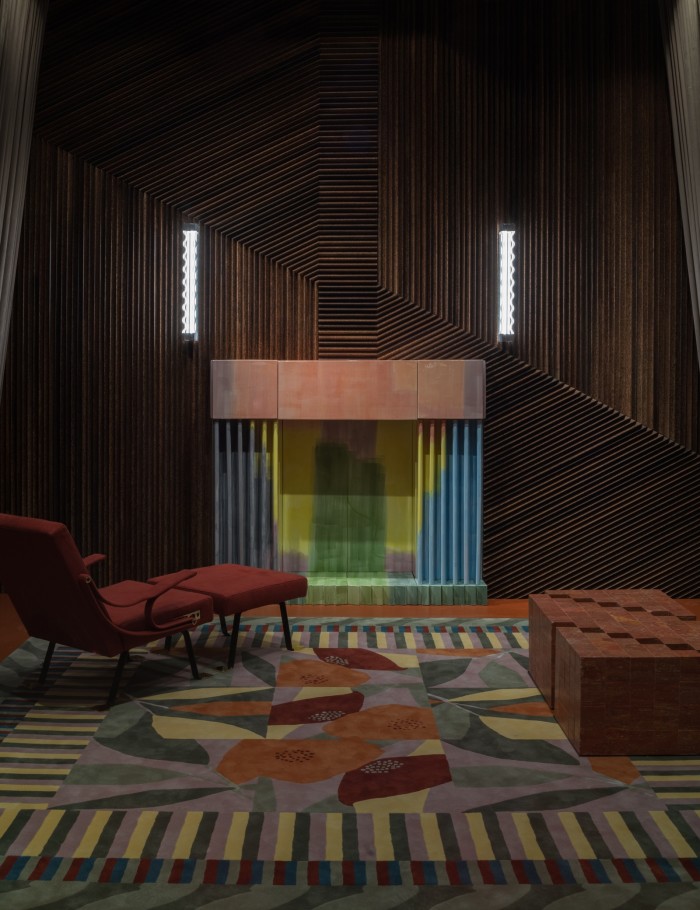
As a filmmaker, Guadagnino has become synonymous with a singular vision unfolding through the lens of modernism or the timeless beauty of Italianate architecture and landscape, yet all with an immaculate aesthetic that makes them immediately identifiable as being his work. A sense of nostalgia hangs in the air – perhaps linked to his own experiences. “My first idea of a modernist structure was when I went to the movies with my parents in Ethiopia because tragically the cinemas were built by Italian colonialists in a kind of fascist, modernist style,” he says. “They were sumptuous and yet so linear and beautiful. I remember them, and the movies I watched there, vividly.” Guadagnino was blown away by Jason and the Argonauts and Lawrence of Arabia. Later he recalls the subversive horror of Cronenberg, Carpenter, Craven and Franju “setting his brain on fire”, although he found the genre had become reactionary and conservative by the time he started making films. “But in those early days, I was influenced by cinema twice, both a filmmaker and a designer,” he says.
On returning to Palermo with his family in 1977 to escape the Ethiopian Civil War, the director was struck by the “nest of extremes” created by The Sack of Palermo, the building boom of the ’50s to the mid-’80s, which he describes as “the kidnapping of the city by politicians”, who replaced countless ancient buildings with concrete blocks. “Yet still there remains the old town and then the sea and the mountains behind it. All these contrasts in a little island, together with coming from Ethiopia. I think those are the things that really made me,” he says.
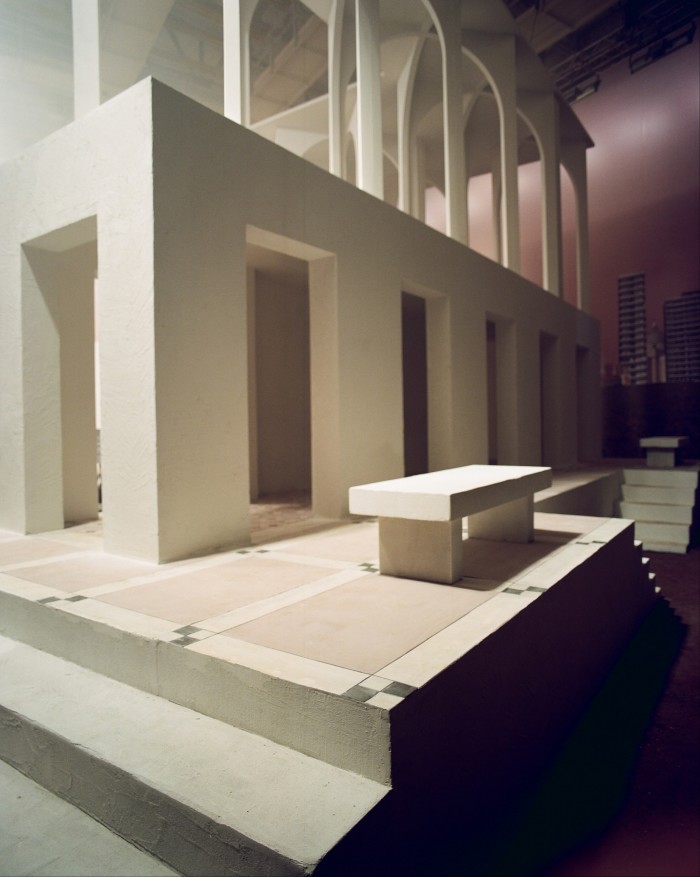
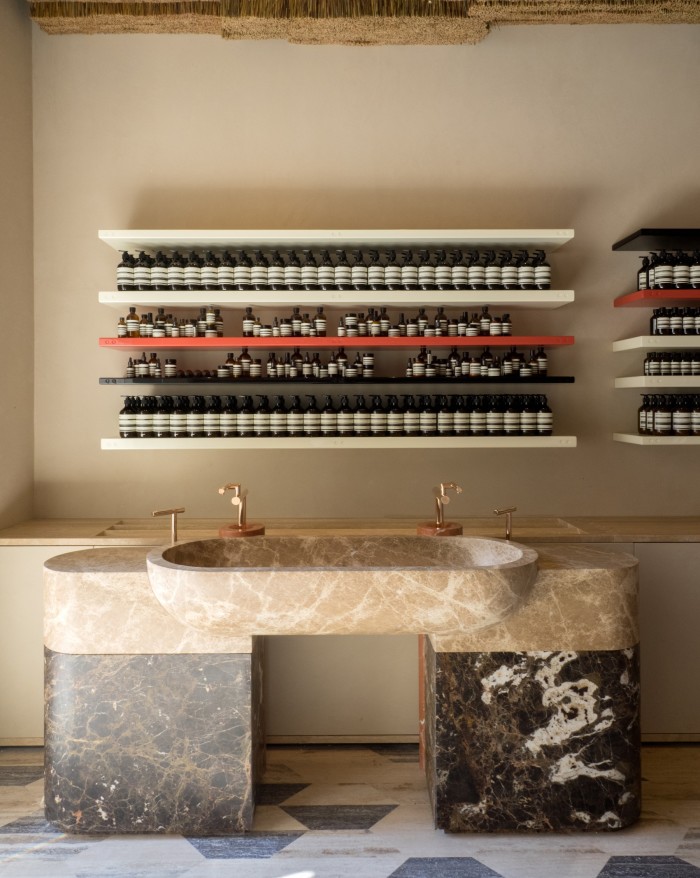
The director has an exacting eye for detail: from the Bauhaus-inspired austerity of Suspiria (the sets conceived by Inbal Weinberg) to the bourgeois beauty of the 17th-century Lombardy mansion featured in Call Me By Your Name, the interior instilled with a languid sensuality by set designer Violante Visconti di Modrone. “I learnt early of the enjoyment in details – the pleasure, obsession and the inevitability of them,” says Guadagnino. “I am doomed to be a director. I have a detail-driven approach in everything that I do. ”
Guadagnino custom-fabricates much of his sets – an approach mirrored by his design studio that works hand-in-hand with artisans to create what he calls “three-dimensional spaces”. He is heavily involved in the process, admitting waking at 5am before shooting a movie to talk to his team. “I think craft is the basis of everything. People talk of ideals and ideas but the physical, the making of something real, that is amazing,” he says. “We have just made a pink and yellow marble table, which took a long time to conceive. But to see it come together with the precision of the artisan in the marble factory… that’s astonishing.”

This design process produces intricate, atmospheric interiors, which were showcased in June during Milan Design Week at the studio’s By the Fire exhibition. Visitors entered a living room with a design of two halves, one the flip-side of the other. “Stefano came up with the incredible vision,” Guadagnino says of the installation where one side of the room was pared back and punctured by an Italian Ceppo di Gré stone fireplace set against a backdrop of oak, granite and blue velvet, while the other was dramatic and luxurious, the fireplace recreated in ombre-hued ceramic and surrounded by red travertine, bamboo and red velvet. The studio conceived new lighting designs made by FontanaArte, alongside puzzle-piece coffee tables, and dotted around the space were ceramics made for the practice by Guadagnino’s friend the artist Francesco Simeti.
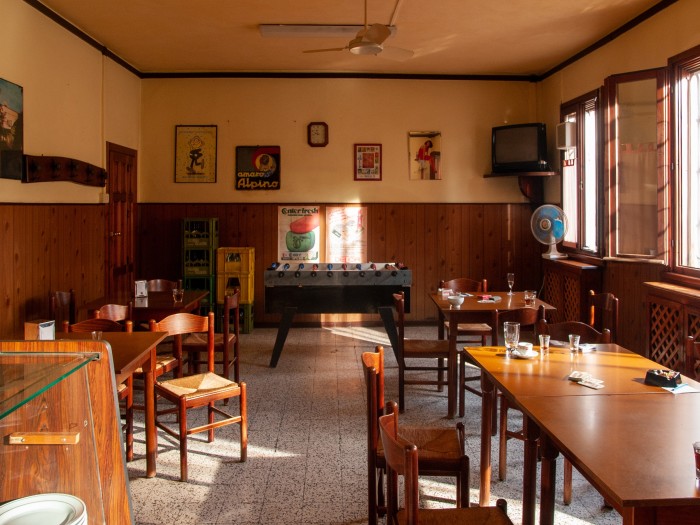
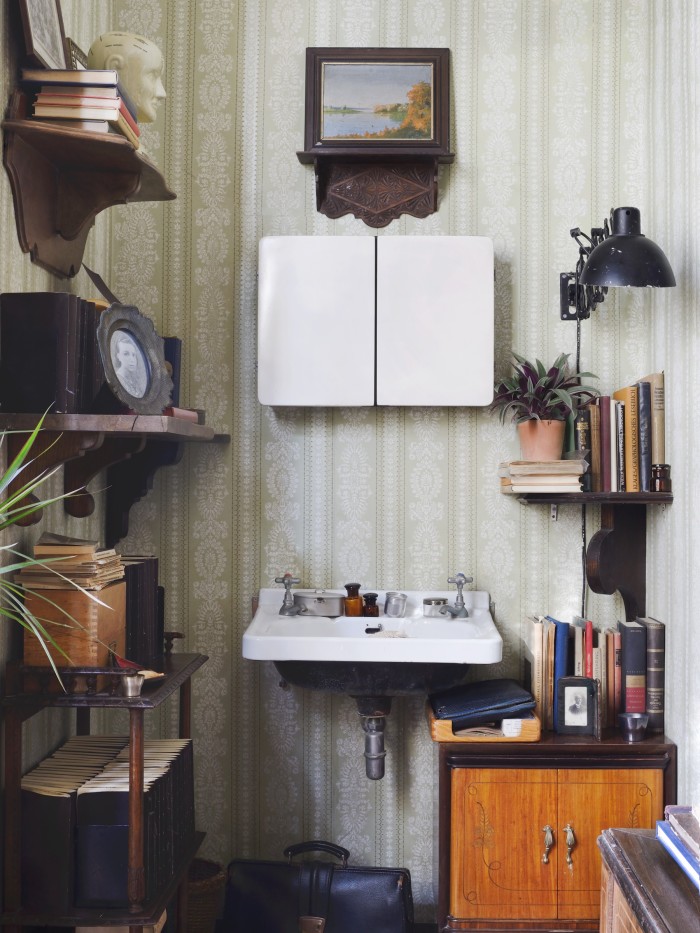
Guadagnino’s collaborations are legendary: in film, he has worked repeatedly with actors Tilda Swinton and Timotheé Chalamet. In his physical spaces, he often commissions heritage brands such as the French rug maker La Manufacture Cogolin and the German porcelain company Nymphenburg. Cogolin produced the pop-art rugs in his Carlo Scarpa-inspired Milan installation while Nymphenburg produced its rainbow-hued ceramic fireplace (another is installed in Guadagnino’s country home). “I like to collaborate because there’s always the central possibility of finding new things together,” says Guadagnino, “and yet I invite new people. I like the tension of the new and the comfortability of the familiar. It’s the possibilities wherein the magic lies.”
The team often play with tension: the feel of wool and silk underfoot, and the texture of stone, which was used to striking effect in the studio’s concept for Aesop. The Rome store of 2018 was decked out with roughened stone, rosy marble and bundles of straw in homage to the city’s ancient buildings. In the London store the textural juxtaposition is created via rough marble radiating from a diamond-patterned stone floor.
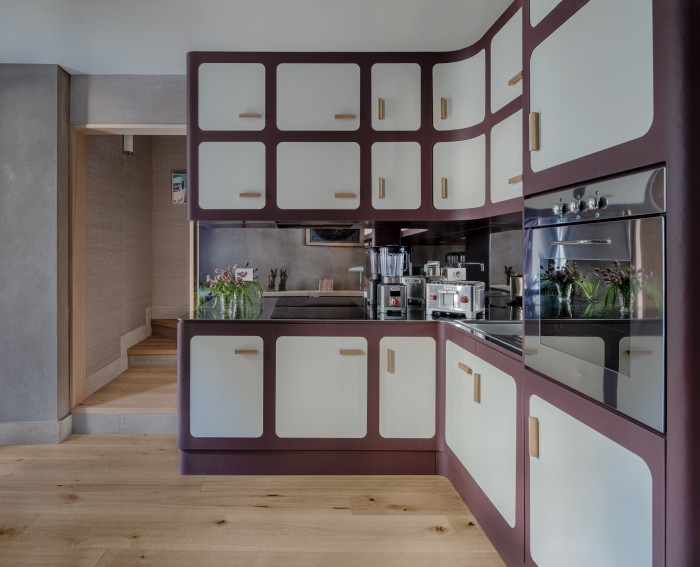
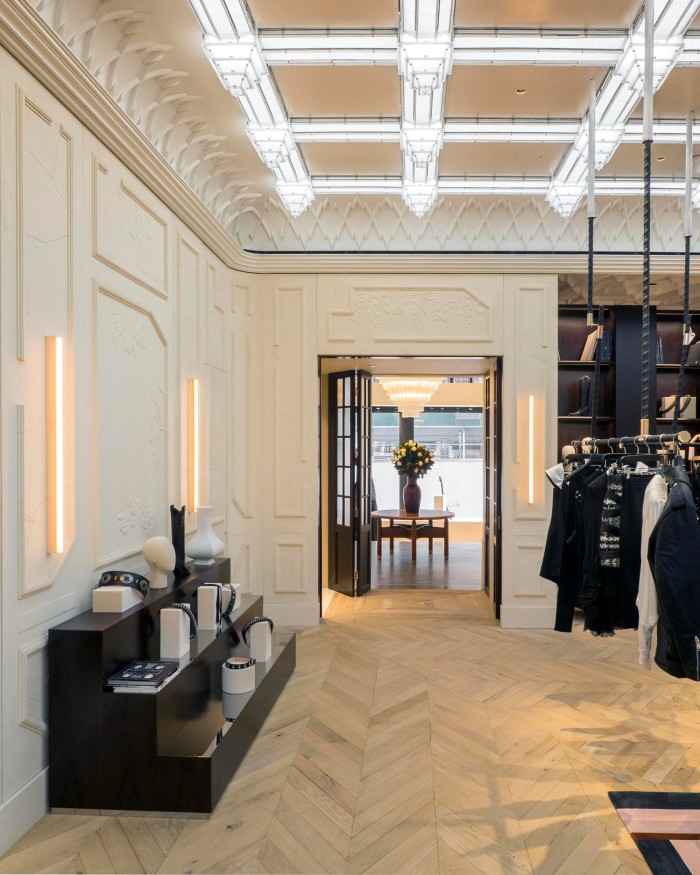
“I want people to feel the tactility. That is why, for me, design is a central job, much more so than cinema,” Guadagnino says. “Cinema deals with desires and projects them on screen in a mental way. The emotion comes from the brain to the eye and to the heart but architecture and interior design has to be mapped in the physical space. When you enter a place, when you smell it and touch it, see how a curve becomes a straight line and how those interactions of light and curves are met by touch – that is something amazing and beautiful. It drives me and my team.”
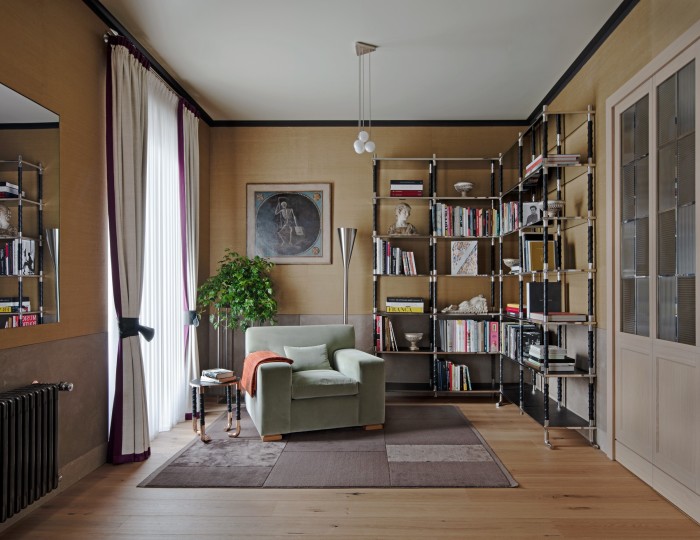
The studio has plenty of new projects in the pipeline: “We’re doing a hotel in Rome which is set to open in 2023; and the lobby and bar of a famous talent management company in Hollywood, plus a beautiful little art nouveau villa in Venice and more,” Guadagnino says.
I remind him that his own villa has also been ticked off that list – a place where he says he will find “clarity of mind”. As an avid furniture collector, vintage pieces, no doubt, play a prominent role in the aesthetic. “I’m very much into the great architect Umberto Riva, who died very recently, and I worship Guglielmo Ulrich deeply. I buy very carefully though, because an object can polarise a room, and I don’t want it to feel alienating,” he says. “I would prefer to have a completely empty room to one that is not considered in terms of the interaction between the furniture and the space. I want to find timelessness for myself and also for the projects we do.” Of designing a space where he can sit and write, he laughs out loud. “Finally, I will have a place where I don’t collaborate.”
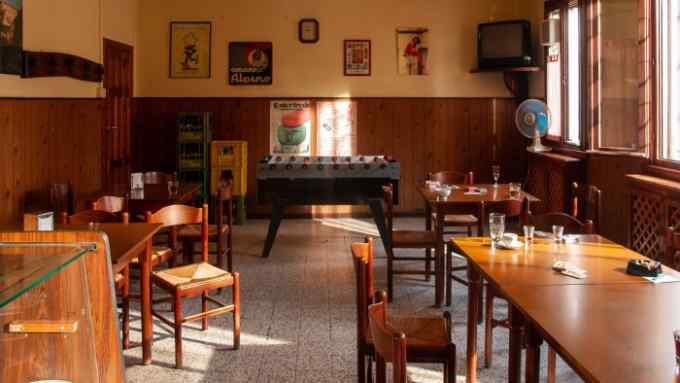
Comments